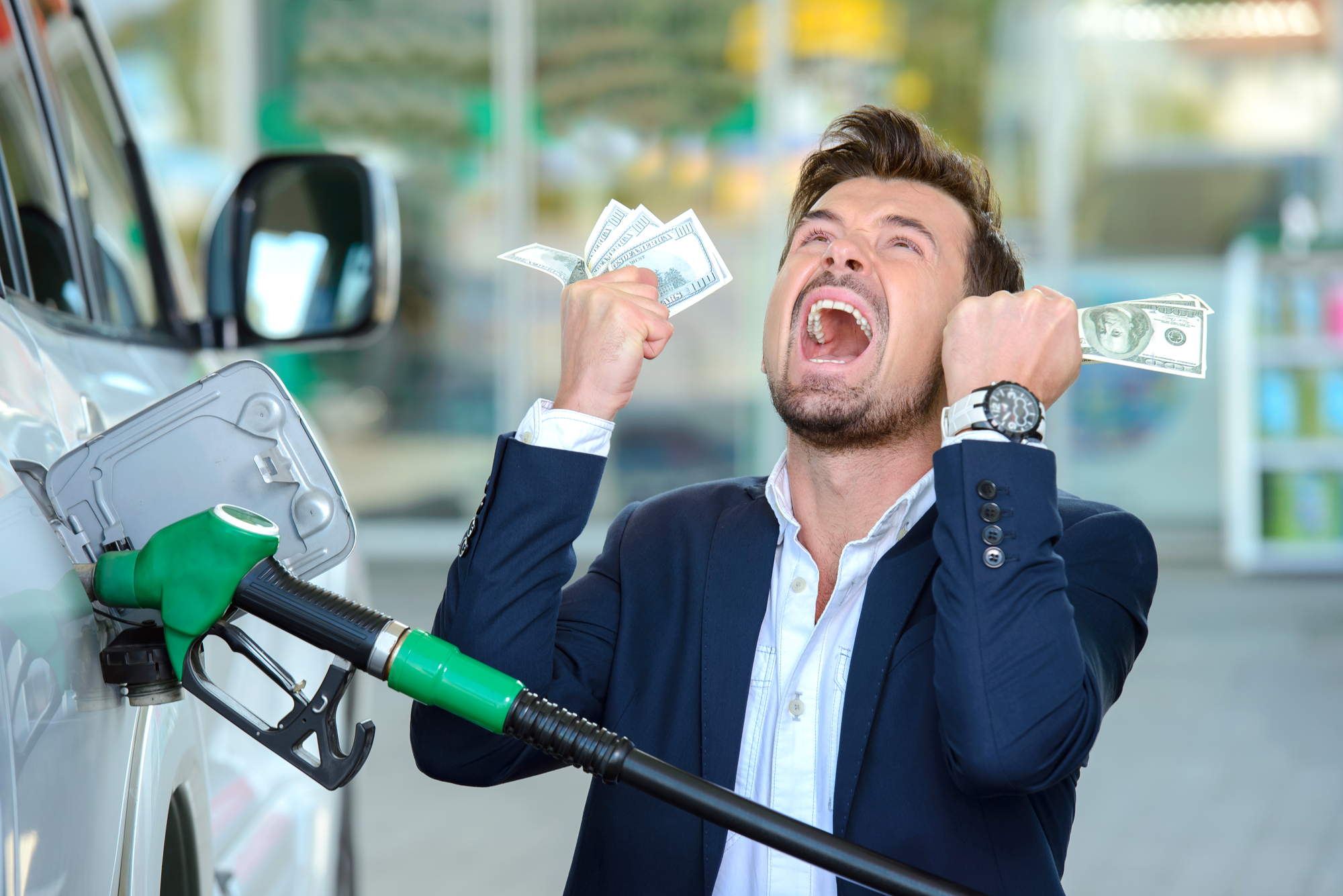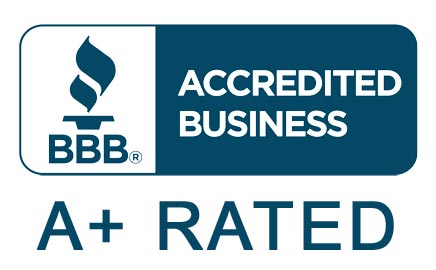If you’re worried about the rising gas prices (like most of us these days), there are ways to improve your vehicle’s fuel economy. From simple habit changes to car maintenance tasks, you’ll find something in this list that should help reduce the pain at the pump.
- Avoid accelerating and hard breaking: Avoid rapid acceleration and hard braking as often as possible because both can lower the fuel economy of your car by up to 40% in stop-and-go traffic and 30% at highway speeds. By applying light acceleration and avoiding heavy braking, you will be able to reduce fuel consumption and wear and tear on your vehicle.
- Use cruise control: When appropriate, use the cruise control in your vehicle because minimizing speed fluctuations on the freeway saves gas. Using cruise control can save you up to 6% in fuel consumption on the freeway.
- Avoid excessive idling: Don’t let your car idle for more than a minute because idling consumes a 1/2 gallon to a full gallon of gas per hour. Idling also pushes toxic CO2 into the atmosphere.
- Plan in advance: Combine errands and routes you need to travel to reduce any backtracking. Try to identify the best locations where you can accomplish multiple tasks (grocery shopping, etc.) without additional driving.
- Avoid rush hour traffic: As often as possible, run errands and commute during off-peak traffic periods. If this isn’t always possible, especially with work, use a program like Google Maps to route your commute. These apps will give you alternative routes to save time (and gas).
- Eliminate excess weight: The lighter the load in and on your car, the lower the fuel consumption. If you don’t need something, don’t take it. Take any unnecessary items out of the trunk and remove roof racks if you’re not using them because they create wind drag.
- Exercise good car maintenance: We all know the importance of regularly scheduled car maintenance, but some of us don’t get around to doing it. A poorly maintained vehicle is less efficient and can burn up to 30% more fuel. Perform regular car maintenance recommended by the vehicle’s manufacturer (you’ll find this in the owner’s manual) or by the vehicle’s in-car maintenance indication system.
- Check the tire pressure: Under-inflated tires will cost you money. The U.S. Department of Energy states that for every one psi missing from the four tires on your vehicle, you lose 5% of your gas mileage. Properly inflated tires can improve your gas mileage by 3.3%.
- Check the battery cables: Corroded battery cables force the alternator to work harder, causing them to use more gas. Make it a point to have your battery cables cleaned each time you have regularly scheduled car maintenance performed.
- Consider a more fuel-efficient car: If gas prices remain at current levels or go up even higher with no end in sight, you may want to consider buying a more fuel-efficient car.
- Find a quality auto care center: AAA recommends that you plan ahead by finding a local auto repair shop that you can trust before you need one. Auto repair professionals will also provide you with even more tips on how to improve your vehicle’s fuel economy.






